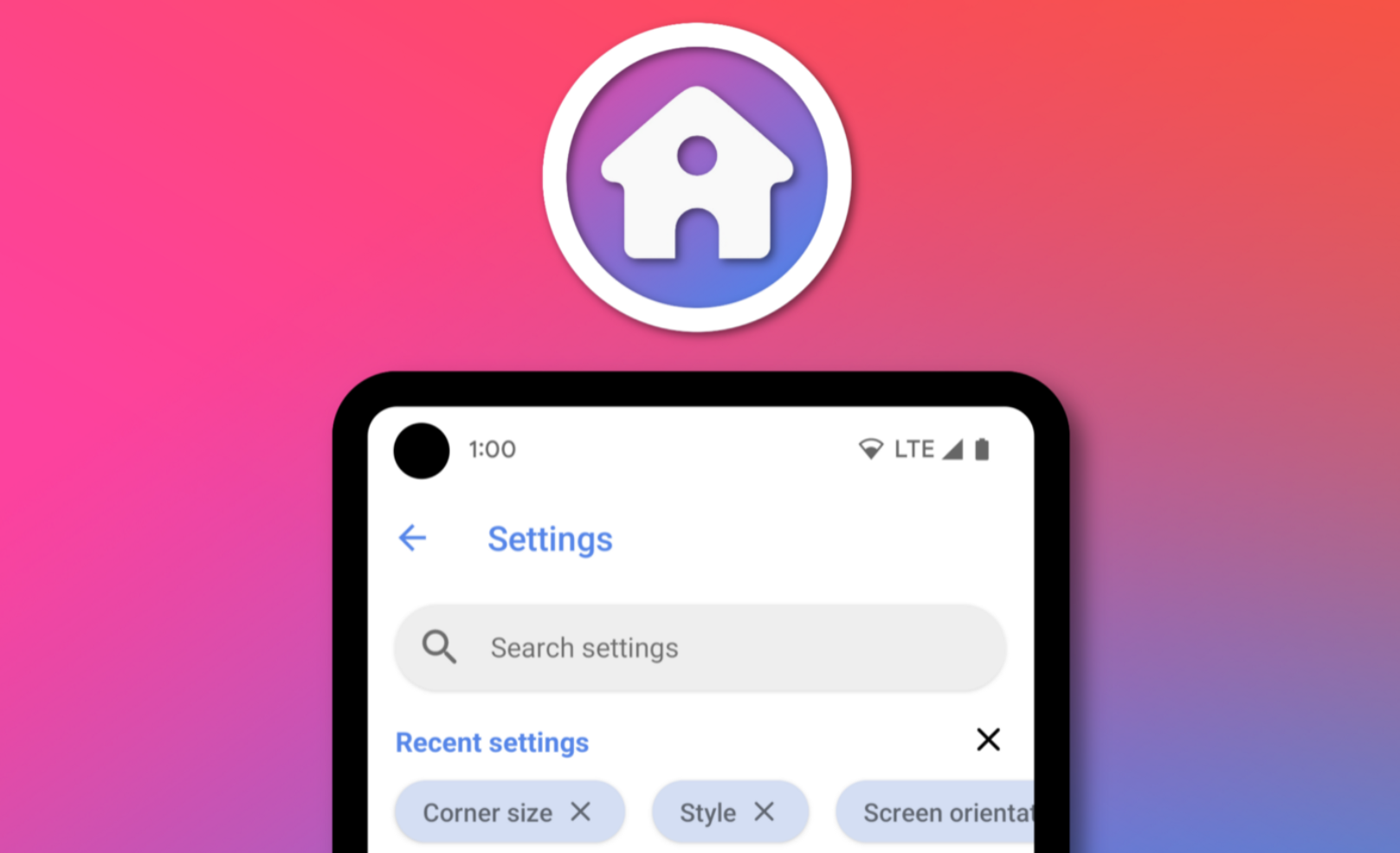EAST LONDON, South Africa — Before he passed out amid the crush of bodies, Simbongile Mtsweni gasped for air as a gas that felt like fire crept into his nose and lungs. “When I came to,” he said, “I was on the second floor and started vomiting when I realized I was lying next to dead people.”
Hundreds of young people, drawn by a notice on Facebook promising a party at the end of the school term with free alcohol and Wi-Fi, had flocked to a small, packed tavern in East London, a city on South Africa’s southern coast.
Twenty-one of them, all teenagers, would not survive the night. A mass funeral, with President Cyril Ramaphosa in attendance, was held on Wednesday.
Witnesses, investigators — the entire nation — are struggling to understand how a night of revelry turned into a lethal stampede, leaving broken and bleeding young people on the floors of Enyobeni Tavern, in East London’s Scenery Park township.
“We came for fun, not for dead bodies,” said Lubabalo Dongeni, an 18-year-old high school student, still limping five days after the incident.
The authorities have not given an account of why people died or released autopsy results, but the public and authorities have found plenty of targets for blame and anger. The license given to the hastily built tavern with two floors and just one entrance is under scrutiny, the couple who run it are under criminal investigation, and a D.J. who performed there says the community is “baying” for his blood. There has been rampant speculation about the noxious gas that filled the air, who released it, and whether it contributed to the deaths, the deadly panic or both.
Six people who had been inside the tavern, as well as others who were outside, said in interviews that the combination of the mysterious gas, the crush of people and an airless room could have caused the tragedy.
Township residents are furious at the local police for taking hours to respond to emergency calls. Beyond East London, the episode has raised a national debate about underage drinking and the place of alcohol in South Africa. Some people point to other systemic failures, from the location and construction of the tavern to lax enforcement of liquor license laws in townships.
The dead were as young as 14, and most younger than 18. The legal age to enter a bar and drink in South Africa is 18.
The teenagers who were there that night are visibly traumatized.
Members of a high school boys’ soccer team were in the tavern, but a midfielder and the goalkeeper never made it out. The team’s striker said he now struggles with survivor’s guilt.
A 19-year-old blames herself for helping her 17-year-old friend get into the party, where she died. When a group of teens visited the tavern recently to lay white plastic roses at its entrance, they were overcome with emotion.
The entrance, a single metal door painted brown, was the focus of chaos that night. The party was supposed to end at midnight on Saturday, June 25, but outside, dozens of people were still trying to get inside, according to videos taken with cellphones. After 12:30 a.m., the tavern went dark, but no one flinched — electricity blackouts are a common occurrence in South Africa.
But as the flashing disco lights returned minutes later, a gas wafted through the ground floor, survivors said. Some said it smelled like pepper spray, while others likened it to tear gas.
People rushed to get out, while those outside in the cold winter night tried to get in. That’s when bouncers pulled the door shut, the witnesses said, trapping everyone inside.
While the dance music, a popular local style called amapiano, thumped on the second floor, people on the ground floor climbed over each other to get out, breaking the only two windows in a room no bigger than 350 square feet.
Brian Mapasa, a rapper who had just finished his set on the second floor, said he could hear gasping all around him. He was making his way downstairs to the exit when the door shut and the crush began. Trapped people pressed so tightly against him, his legs went numb.
Two people bit him as they tried to climb over him, he recalled, the half-circle of scabs on his forearms still red six days later. Mr. Mapasa said the gas tingled as it touched his wounds. He felt groggy, sinking to his knees.
The music only stopped when screams pierced the pandemonium, survivors recalled. The neon lights, bouncing off the yellow walls with swirling brown murals, illuminated bodies sprawled on the dance floor, and the friends unable to revive them.
Some people jumped from the second floor. Only then did the bouncers open the lone door, to carry some of the bodies outside, several survivors said.
Nolitha Qhekaza’s bedroom window is a few feet from the tavern’s entrance. When people jumped from the balcony, they landed on her roof. Dead and wounded teenagers were laid on her front lawn, she said. A girl with a broken leg lay on her dining room floor until after 7 a.m.
In the early hours of that Sunday morning, Ms. Qhekaza, a 55-year-old grandmother, called the police 10 times between 2:25 a.m. and 3:35 a.m., her call logs show.
Police and ambulances finally began to arrive around 4 a.m., neighbors said. As officers cordoned off the area, parents tried to push past the tape. Some of the unconscious victims were still inside the tavern, splayed on pleather couches or just lying on the dance floor — the dead and injured side by side.
Images of the scene circulated on social media. That is how some parents learned not only that their children had gone out that night, but that they had died.
“My son was trending,” said Sidwenn Rangile, father of Mbulelo Rangile, the soccer team’s goalkeeper.
Unable to find his son at local hospitals, Mr. Rangile sped to the morgue. At first, he didn’t recognize his son’s body among the rows of corpses because the boy’s skin had turned so dark. Another victim, a 17-year-old, was similarly unrecognizable just hours after her death, said her friend, Sinenjongo Phuthumani, who was also at the tavern.
Even grieving parents like Mr. Rangile have faced criticism in the heavy news coverage of the disaster.
“If the finger is to be pointed, it has to be pointed to all of us,” he said. “But it is unfair to blame us.”
The tavern owners, Siyakhangela and Vuyokazi Ndevu, have shouldered much of the public condemnation.
The tavern, which shares a wall with several private homes, has long divided this community, where residents used their savings to slowly build their homes. Neighbors had complained about urine stains along their walls and empty bottles strewn outside, parties that went on until 8 a.m. and children vomiting in their gardens.
The Ndevus refused to comment.
Several neighbors said they met with police and an inspector of the Eastern Cape Liquor Board just three weeks before the disaster. But spokesmen for the liquor board and the police both said they had no record of complaints about the tavern.
The tavern’s license was granted in 2012, but the liquor board was unaware that the owner had added a second floor in recent years.
Last week, the liquor board filed a criminal case against Vuyokazi Ndevu, in whose name the license was granted, for selling alcohol to minors. Police have not said if they will press charges against her.
Nationally, the conversation has turned to alcohol abuse and unregulated taverns in South Africa, particularly in poor, mostly Black townships. More than half of South Africans do not drink alcohol, but those who do report heavy binge drinking, according to the World Health Organization.
In Scenery Park, where drug use is rising, going to a tavern to drink is popular among teens, and is seen as the lesser evil, said soccer coach Ludumo Salman, who started the soccer club for high schoolers.
“I hope this is going to be a wake-up call, because this is a reality across South Africa,” said Esethu Sotheni, who runs a nonprofit for young people in East London’s townships.

















Discussion about this post